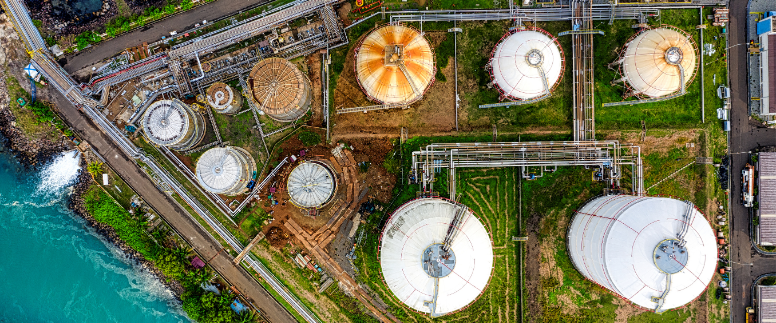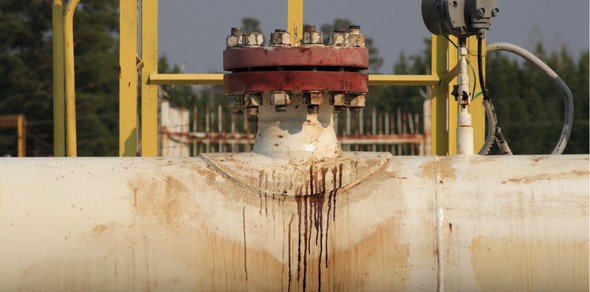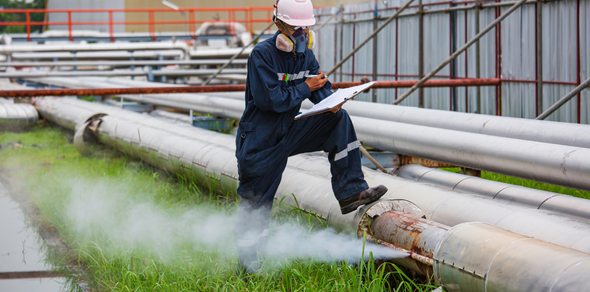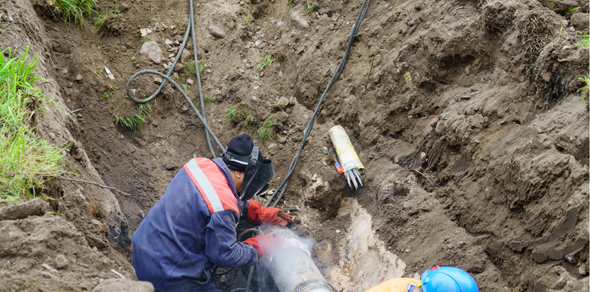| 0 Comments | Enkor

Cathodic Protection in Oil and Gas Pipelines: Reliable and Long-Lasting Solutions
Introduction
Oil and gas pipelines are critical components of the energy sector, facilitating large-scale energy transportation. However, these pipelines are constantly exposed to environmental factors, making them vulnerable to corrosion. Corrosion can compromise the structural integrity of pipelines, leading to financial losses and environmental hazards. This is where cathodic protection systems come into play, ensuring the safety and durability of oil and gas pipelines.

What is Cathodic Protection?
Cathodic protection is an electrochemical method used to protect metal structures against corrosion. By mitigating the effects of corrosion, this system significantly extends the lifespan of pipelines. It is implemented in two main ways:
-
Galvanic Anode System:
- A more reactive metal (such as magnesium, zinc, or aluminum) is used as an anode to protect the structure.
- The anodes direct corrosion currents into the surrounding soil or water, shielding the pipeline.
-
Impressed Current Cathodic Protection (ICCP):
- This method uses an external power source, such as a transformer rectifier, to supply electric current.
- It is particularly suitable for long pipelines and high-risk environments.

The Importance of Cathodic Protection in Oil and Gas Pipelines
Oil and gas pipelines face a high risk of corrosion due to challenging environmental conditions. Cathodic protection provides the following advantages for these structures:
- Structural Integrity: Maintains the physical stability of pipelines and prevents potential failures.
- Extended Lifespan: Increases the service life of infrastructure, reducing replacement costs.
- Environmental Protection: Prevents leaks and the associated environmental damage.
- Cost Efficiency: Minimizes maintenance and repair expenses caused by corrosion.

Applications of Cathodic Protection Systems
Cathodic protection is applied to pipelines in various challenging conditions:
- Underground Pipelines: Protects against corrosion caused by moisture and minerals in the soil.
- Subsea Pipelines: Ensures resistance to the corrosive effects of seawater.
- Surface Pipelines and Facilities: Safeguards against environmental factors.
Materials Used in Cathodic Protection
The materials used in cathodic protection systems are critical to the effectiveness of the process. Commonly used materials include:
- Galvanic Anodes: Magnesium, zinc, and aluminum anodes.
- Transformer Rectifiers: Power sources for impressed current systems.
- Reference Electrodes: Measurement tools such as Copper/Copper Sulfate and Silver/Silver Chloride.
- Titanium Anodes: High-performance materials for ICCP systems.
- Insulation Flanges: Electrically isolates the pipeline for healthy operation of the system.
Reliable Solutions with Enkor Construction and Corrosion Technologies
Enkor Construction and Corrosion Technologies Ltd. specializes in the protection of oil and gas pipelines, offering years of experience and expertise to the industry.
- Project Management: Support at every stage, from pipeline design to installation.
- Cathodic Protection Systems: Effective solutions for challenging environmental conditions.
- International Experience: Successful projects across Turkey, North Africa, and the Middle East.

Conclusion
Cathodic protection is one of the most effective technologies for ensuring the safety and longevity of oil and gas pipelines. At Enkor, we provide customized solutions tailored to your needs, safeguarding your structures for the future. For more information about our cathodic protection systems, contact Enkor Construction and Corrosion Technologies today.
